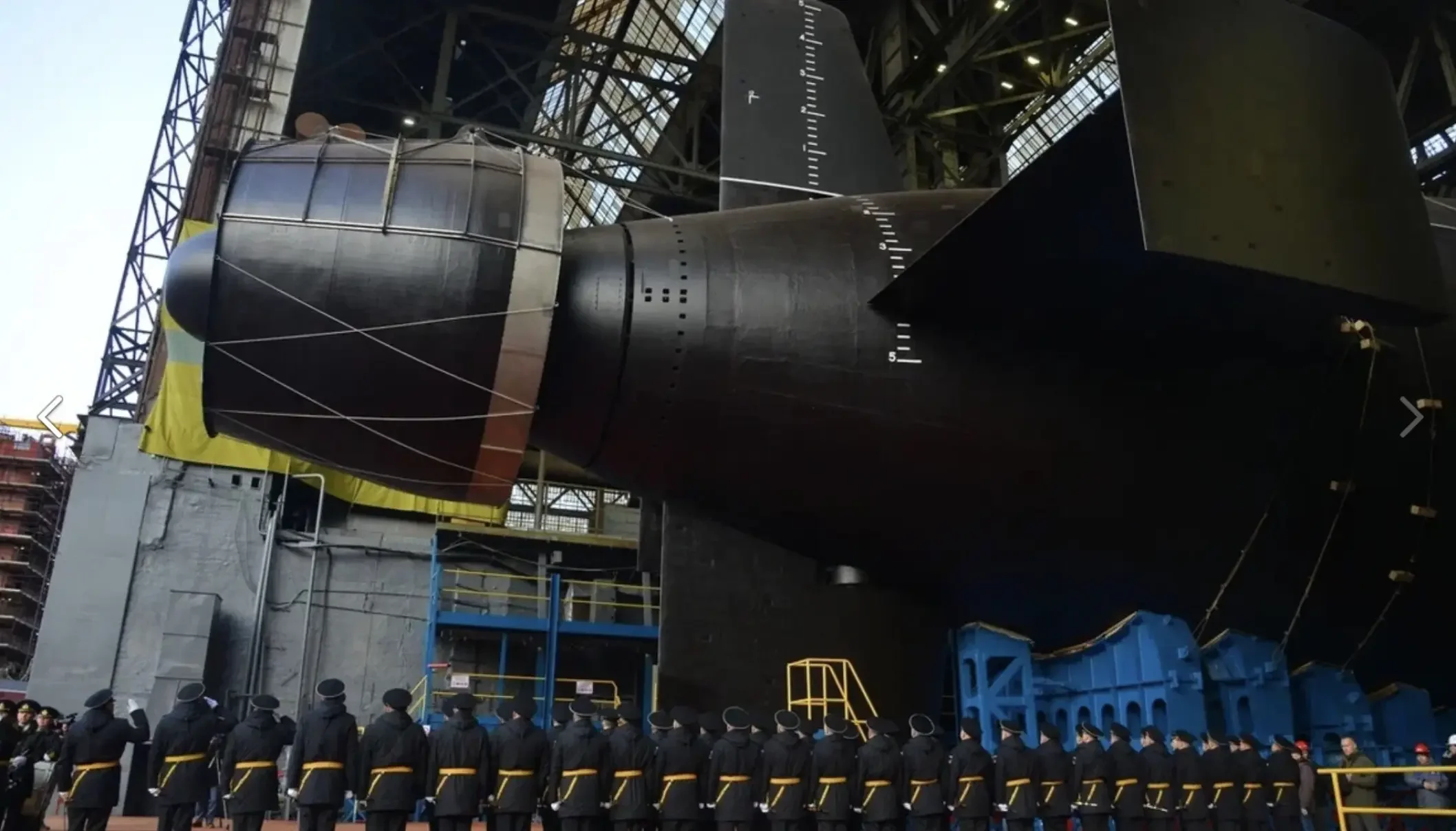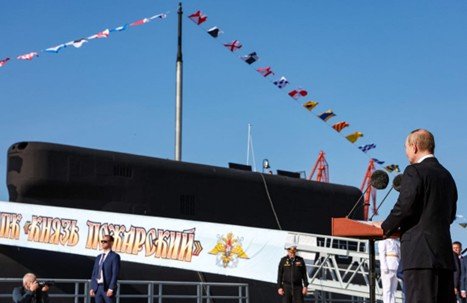P-8 Poseidon Buildup Strengthens NATO's Grip in the North Atlantic
The delivery of the German Navy's first P-8A Poseidon aircraft on November 7 marks a significant strengthening of NATO's ability to cover the sea area between Greenland, Iceland, and the United Kingdom gap, known within NATO as the GIUK Gap.
Russian nuclear and ballistic missile submarines must pass through the GIUK Gap in order to gain access to deep waters in the mid-Atlantic, where such boats tend to lurk when on patrol. The Russian ports of the Northern Fleet in the Murmansk area are now the only western ports which are free from Ukrainian interference. The Russian submarine fleet is probably the best preserved operational capability which the Russians can deploy to face off against NATO assets. Hence NATO's improved ability to monitor submarine movements in the GIUK Gap presents a much improved deterrence to Russian saber-rattling, over Ukraine and elsewhere.d
The German Navy Poseidon fleet is to be operated by Marinefliegergeschwader 3 'Graf Zeppelin' from the Nordholz Naval Airbase in North West Germany. From here, a planned eight aircraft will operate closely with UK and Norwegian P-8s based at RAF Lossiemouth in Scotland and Evenes in Norway's High North, linking in with US Navy P-8A aircraft operating from Keflavik in Iceland. German crews have already been seen in training in Lossiemouth. Taken together, the combination of bases surrounding the GIUK Gap, the P-8A fleet build-up and the enhanced cooperation on all sides, all come together to represent a significant capability upgrade.
Russian submarine capability, carefully tracked by HI Sutton, is an area to which considerable resources are still devoted, although deliveries of new submarines have been much delayed of late. After building over the last ten years, the Project 09851 RFS Khabarovsk - recently rolled out in Severodvinsk - is a developed version of Borei-A Class ballistic missile submarine, upgraded to carry the Poseidon nuclear-powered and armed torpedo. Russia's 2M39 Poseidon (‘Kanyon') is launched horizontally like a conventional torpedo, can travel at high speed underwater for long durations, and cruising at more than 1,000 meter depth is beyond the striking range of most anti-submarine weapons systems currently in service.
Doubts persist however about whether the Poseidon system is operationally ready for service; if it is, its strategic relevance is not assured. As Russia already has an overwhelming strike capability with its ballistic missile inventory, and its geopolitical opponents can respond in kind, some analysts argue that Poseidon does not change the balance of strategic nuclear deterrence that has existed since the Cold War.

Roll-out of the rear end of RFS Khabarovsk in Severodvinsk, November 1 (Photo: Russian Ministry of Defense)
Several months earlier on July 24, 2025, attended the commissioning of the eighth Project 955A Borei-A Class submarine RFS Knyaz Pozharskiy (K555), also in Severodvinsk. A further two such submarines are under construction, and a further two planned. The new Borei-A Class submarines will replace the remaining Soviet-era Delta III, Delta IV and Typhoon boats still in service.

Putin presides at the commissioning ceremony of RFS Knyaz Pozharskiy (K555), on July 24, 2025 (Photo: Russian Ministry of Defense)
Content Original Link:
" target="_blank">




















































